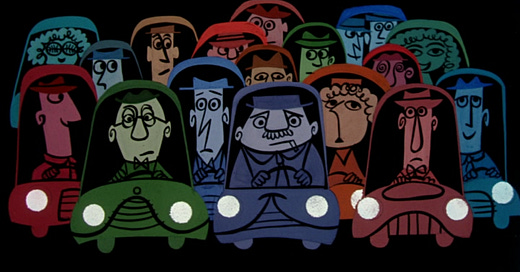We’re back! We hope 2023 has been treating you well. To the new members who’ve joined since we went on break in December: thanks for coming aboard, and we hope you’ll enjoy the ride.
The past few weeks were invigorating for us. We took the time to relax, catch up, play board games (check out Lost Ruins of Arnak) and do lots and lots of prep work for the year ahead. More on that later. For now, we’re talking about an animation trick sometimes called “frame-rate modulation.” The topic is niche, and we acknowledge that — but this subtle art really changes the way animated movement looks and feels.
You’ve noticed it, even if you didn’t know it. Using this technique, animators escape the confines of working strictly on “ones” or “twos” or “threes” — instead mixing and matching them freely, for effect. It’s as important as it is misunderstood. Some argue that Japanese anime invented it, but you find modulation even in early cartoons.
Today, we’re studying its use in the films of Disney and UPA, and in the modern indie classic Barber Westchester.
Here we go!
Keep reading with a 7-day free trial
Subscribe to Animation Obsessive to keep reading this post and get 7 days of free access to the full post archives.



